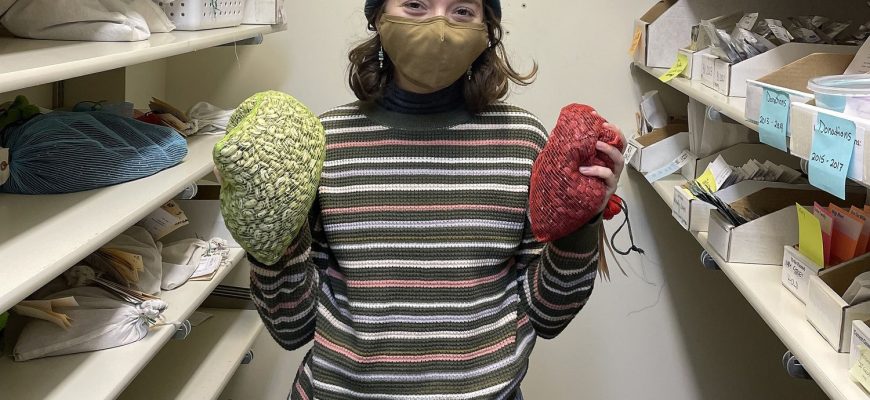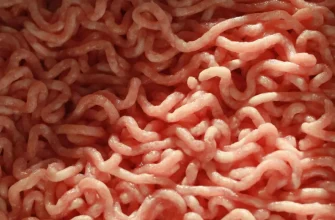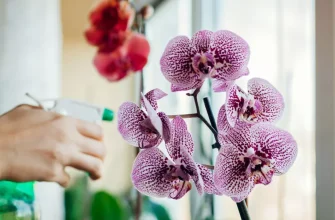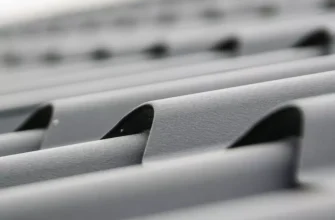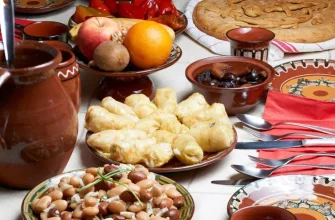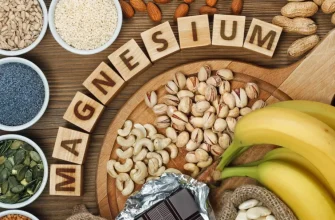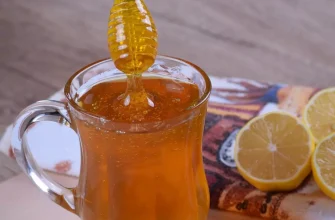I spent a lot of time learning about the seed bank as a whole, but most of the work I did this month was in the seed lab performing germination tests on seeds that were grown for the collection this past summer. We do this in order to ensure that the people requesting seeds from the Exchange will be able to grow healthy plants, and to make note of any potential issues with disease. I really enjoyed being able to work in a real lab outside of school that is providing useful data for the program. I also enjoyed learning about and working with so many fun seeds with such interesting backstories!
We begin germination testing by placing the seeds in grow chambers with plenty of light and moisture. When we take them out, we look at how many seeds have started to grow compared to those that may be dead or covered in fungus; this determines the overall germination percentage. That number is then printed on packets of seeds requested from Seed Savers Exchange through the Exchange.
We next conduct a seed-moisture content test (SMC) to make sure the seed is dry enough to be packaged and preserved. If a seed has too much moisture, it may freeze or begin to germinate when stored in the freezer or seed bank rooms. If it is too dry, its long-term seed viability may decrease.
To perform a seed-moisture content test, we crush up a small sample of seeds and place them in small jars. They are weighed, put in an oven heated to approximately 100 degrees Fahrenheit for 24 hours to remove all moisture, and then weighed again. The difference in weight can be used to calculate the percentage of moisture that was present in the original sampling of seed. We aim for a moisture content between 3-9 percent for seeds at Seed Savers Exchange.
Many types of seeds that are unique in color or patterns—such as beans, peas, corn, and squash—are also scanned and kept in a database. These scans can be helpful if there are ever questions in the future about the identity of a seed, or if there are concerns about off-types (meaning seeds that appear visually different from the rest of the variety).
Once a seed variety has had its germination and SMC tests completed, we can then package those seeds. After a successful harvest, seeds are divided into different inventory packets. Some seed is set aside for preservation—both here at Heritage Farm and in back-ups sent to the USDA seed bank and the Svalbard Global Seed Vault. These back-up locations are very important, because if something were to happen to our freezers in Decorah, we would still be able to recover the collection from one of these locations. The rest of the seed is kept for distribution, to be given to whoever requests it through the Exchange.
Since several hundred varieties of seeds from the collection are grown out in small quantities each year, there is plenty for staff to work on during the off-season. Most of the seeds go through all of the aforementioned processes before being stored away. In addition, we continue to receive seed donations as well as distribution requests. Overall, even though the winter months aren’t spent growing plants in the field, there is still much work to be done to make Seed Savers Exchange run smoothly!
Throughout this internship, I also had many opportunities to reflect on what I consider most important in my future career goals and aspirations. While learning about how Seed Savers Exchange both preserves the genetic diversity of seeds as well as connects people with seeds and their stories, the concept of aligning my personal morals and values with the careers I choose to pursue in the future is something that really stood out to me. Feeling that you are doing something that positively impacts the things that you are passionate about makes showing up for work every day that much more rewarding. Doing an internship for a nonprofit organization has helped me realize that this type of work is something that I would definitely be interested in after I graduate!
